With the real estate market flooded with distressed properties, it can be a discouraging scenario for a potential homebuyer to proceed with the sales process even if the house is priced within reach and appears to be a good investment. Often, the thought of dealing with a fixer-upper suggests visions of overblown budgets, problems with contractors and never-ending issues. However, not many people may know that there is a loan program available from the Federal Housing Administration (FHA), which is part of the Department of Housing and Urban Development (HUD), called the Section 203(k) that is available for such properties.
203(k) – How It Is Different
Most mortgage financing plans provide only permanent financing. That is, the lender will not usually close the loan and release the mortgage proceeds unless the condition and value of the property provide adequate loan security. When rehabilitation is involved, this means that a lender typically requires the improvements to be finished before a long-term mortgage is made.
When a homebuyer wants to purchase a house in need of repair or modernization, the homebuyer usually has to obtain financing first to purchase the dwelling; additional financing to do the rehabilitation construction; and a permanent mortgage when the work is completed to pay off the interim loans with a permanent mortgage. Often the interim financing (the acquisition and construction loans) involves relatively high interest rates and short amortization periods. The Section 203(k) program was designed to address this situation. The borrower can get just one mortgage loan, at a long-term fixed (or adjustable) rate, to finance both the acquisition and the rehabilitation of the property. To provide funds for the rehabilitation, the mortgage amount is based on the projected value of the property with the work completed, taking into account the cost of the work. To minimize the risk to the mortgage lender, the mortgage loan (the maximum allowable amount) is eligible for endorsement by HUD as soon as the mortgage proceeds are disbursed and a rehabilitation escrow account is established. At this point the lender has a fully-insured mortgage loan.
This program operates through FHA-approved lending institutions which submit applications to have the property appraised and have the buyer’s credit approved. These lenders fund the mortgage loans which the Department insures. HUD does not make direct loans to help people buy homes.
The Section 203(k) program is the Department’s primary program for the rehabilitation and repair of single family properties. As such, it is an important tool for community and neighborhood revitalization and for expanding homeownership opportunities. Since these are the primary goals of HUD, the Department believes that Section 203(k) is an important program and we intend to continue to strongly support the program and the lenders that participate in it.
Many lenders have successfully used the Section 203(k) program in partnership with state and local housing agencies and nonprofit organizations to rehabilitate properties. These lenders, along with state and local government agencies, have found ways to combine Section 203(k) with other financial resources, such as HUD’s HOME, HOPE, and Community Development Block Grant Programs, to assist borrowers. Several state housing finance agencies have designed programs, specifically for use with Section 203(k) and some lenders have also used the expertise of local housing agencies and nonprofit organizations to help manage the rehabilitation processing.
The Department also believes that the Section 203(k) program is an excellent means for lenders to demonstrate their commitment to lending in lower income communities and to help meet their responsibilities under the Community Reinvestment Act (CRA). HUD is committed to increasing homeownership opportunities for families in these communities and Section 203(k) is an excellent product for use with CRA-type lending programs.
Eligible Property
To be eligible, the property must be a one- to four-family dwelling that has been completed for at least one year. The number of units on the site must be acceptable according to the provisions of local zoning requirements. All newly constructed units must be attached to the existing dwelling. Cooperative units are not eligible.
Homes that have been demolished, or will be razed as part of the rehabilitation work, are eligible provided some of the existing foundation system remains in place.
In addition to typical home rehabilitation projects, this program can be used to convert a one-family dwelling to a two-, three-, or four-family dwelling. An existing multi-unit dwelling could be decreased to a one- to four-family unit.
An existing house (or modular unit) on another site can be moved onto the mortgaged property; however, release of loan proceeds for the existing structure on the non-mortgaged property is not allowed until the new foundation has been properly inspected and the dwelling has been properly placed and secured to the new foundation.
A 203(k) mortgage may be originated on a “mixed use” residential property provided: (1) The property has no greater than 25 percent (for a one story building); 33 percent (for a three story building); and 49 percent (for a two story building) of its floor area used for commercial (storefront) purposes; (2) the commercial use will not affect the health and safety of the occupants of the residential property; and (3) the rehabilitation funds will only be used for the residential functions of the dwelling and areas used to access the residential part of the property.
Condominium Unit
The Department also permits Section 203(k) mortgages to be used for individual units in condominium projects that have been approved by FHA.
The 203(k) program was not intended to be a project mortgage insurance program, as large scale development has considerably more risk than individual single-family mortgage insurance. Therefore, condominium rehabilitation is subject to the following conditions:
- Owner/occupant and qualified non-profit borrowers only; no investors;
- Rehabilitation is limited only to the interior of the unit. Mortgage proceeds are not to be used for the rehabilitation of exteriors or other areas which are the responsibility of the condominium association, except for the installation of firewalls in the attic for the unit;
- Only the lesser of five units per condominium association, or 25 percent of the total number of units, can be undergoing rehabilitation at any one time;
- The maximum mortgage amount cannot exceed 100 percent of after-improved value.
After rehabilitation is complete, the individual buildings within the condominium must not contain more than four units. By law, Section 203(k) can only be used to rehabilitate units in one-to-four unit structures. However, this does not mean that the condominium project, as a whole, can only have four units or that all individual structures must be detached.
If you need a well-qualified lender that can help you explore how this program can help you, please call us at 702.285.1990 and we would be happy to give you a referral.

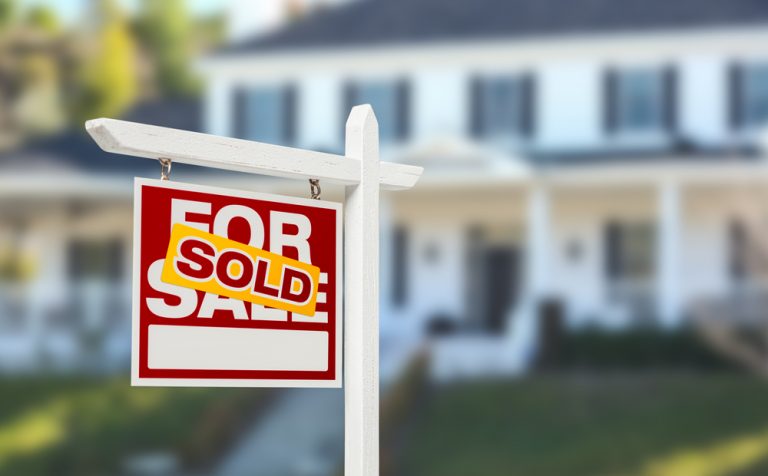
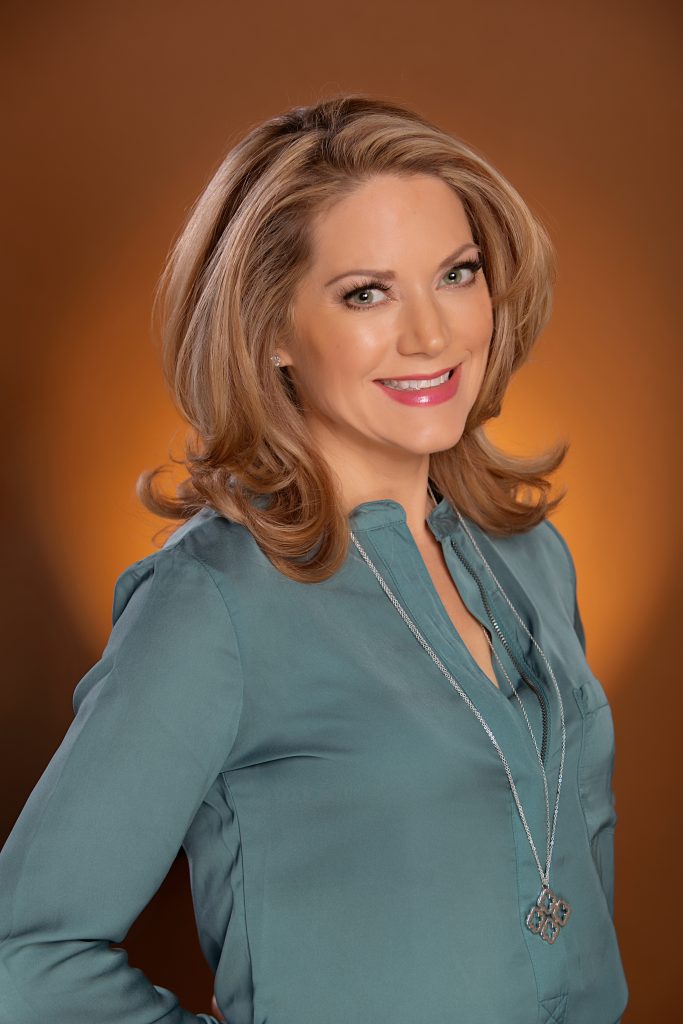

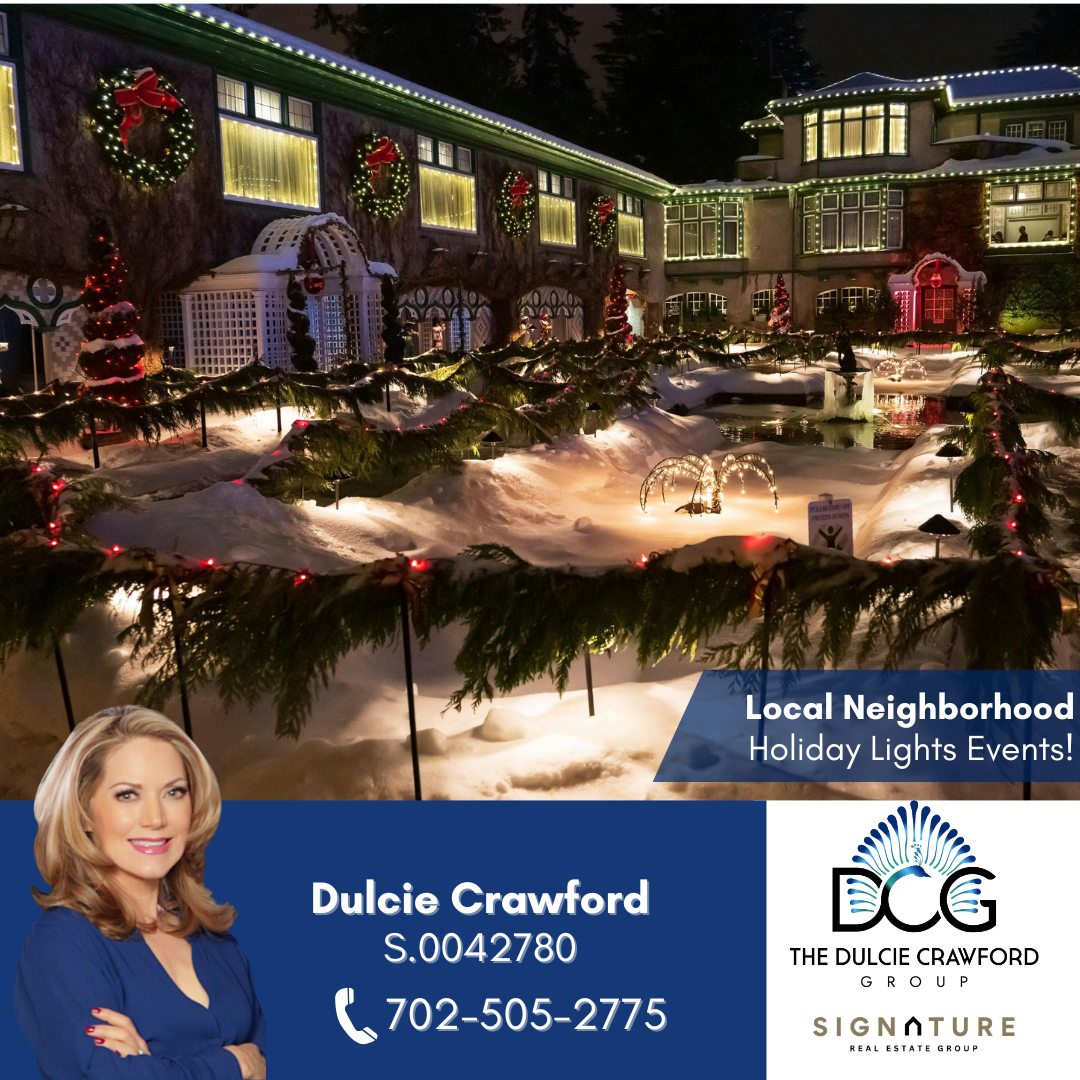

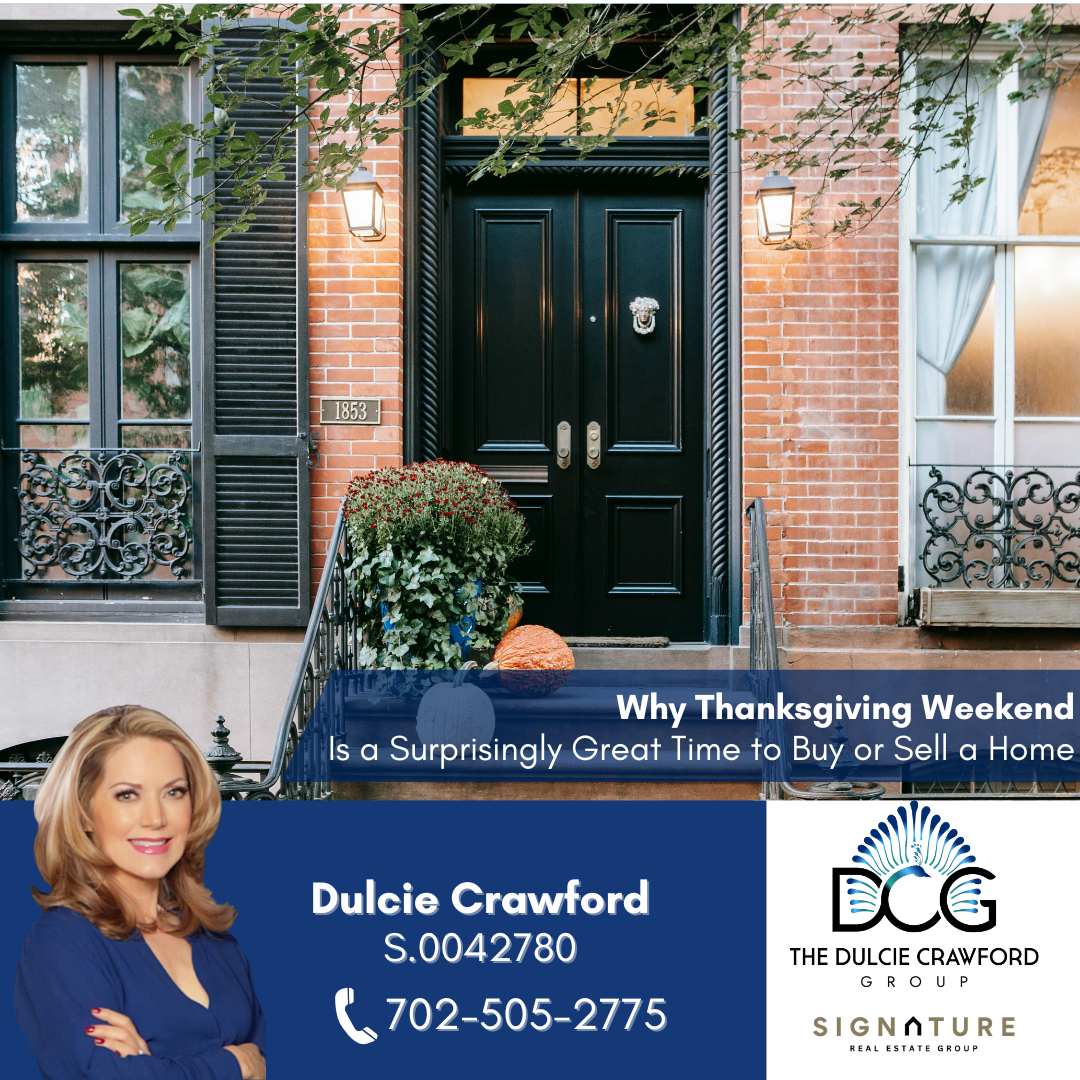



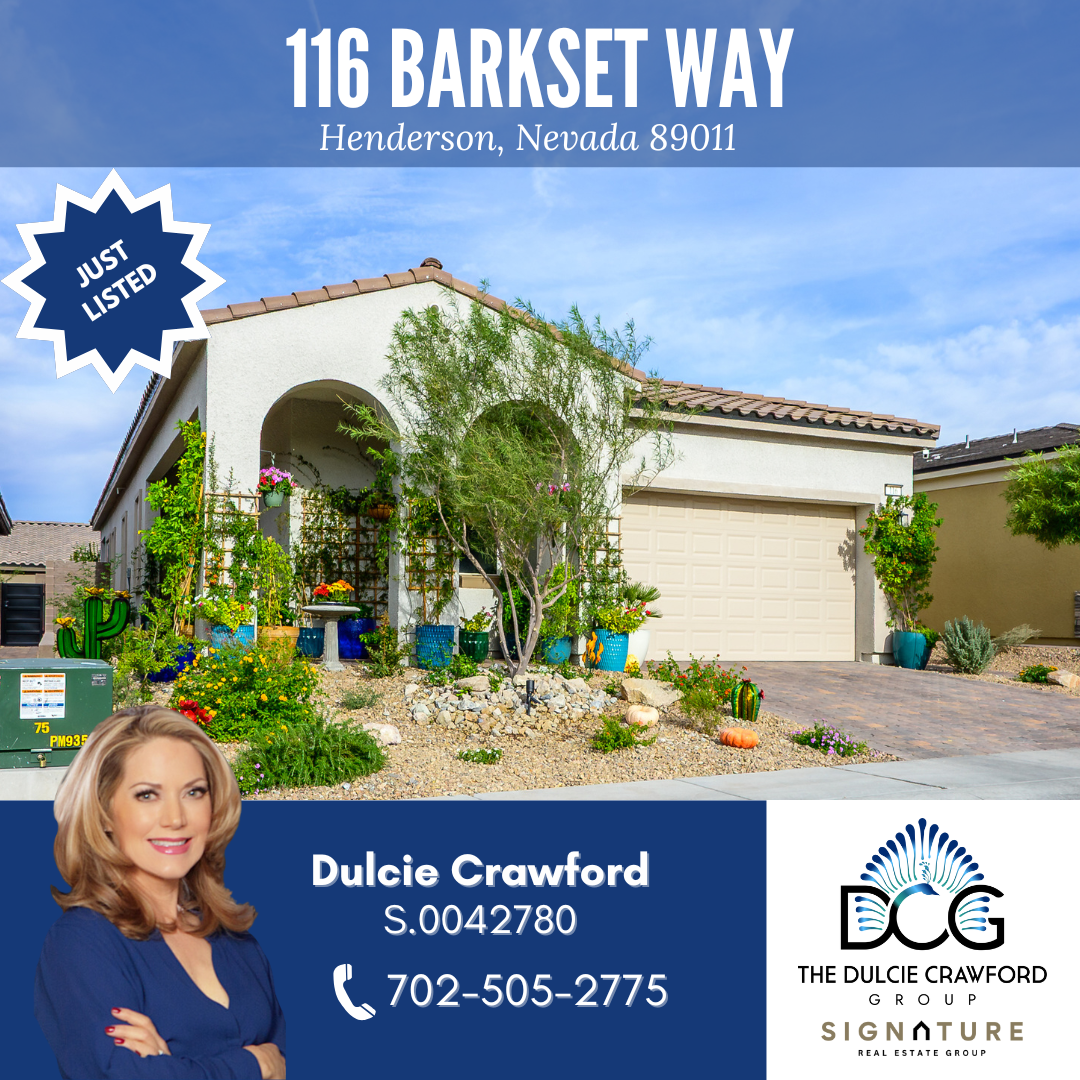


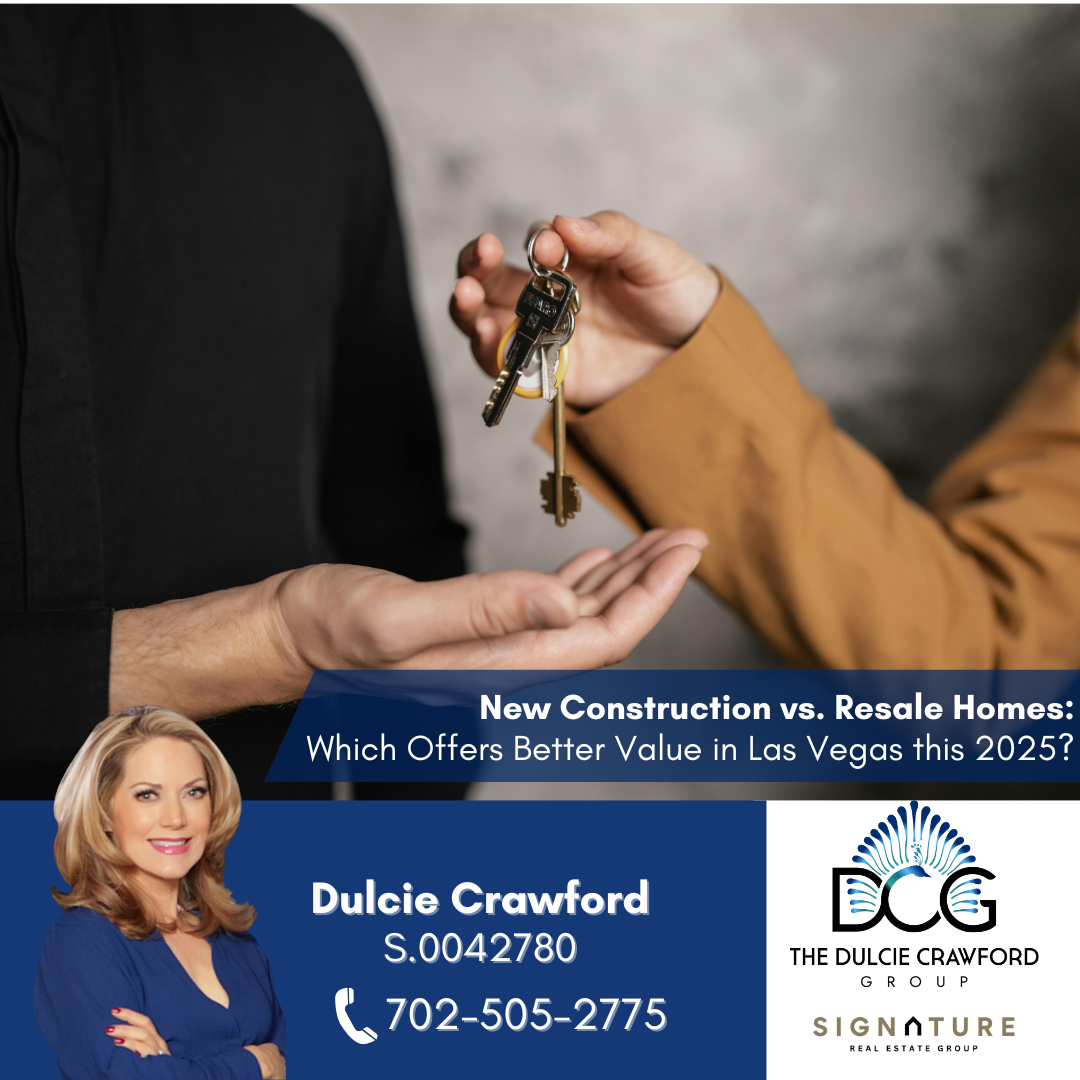

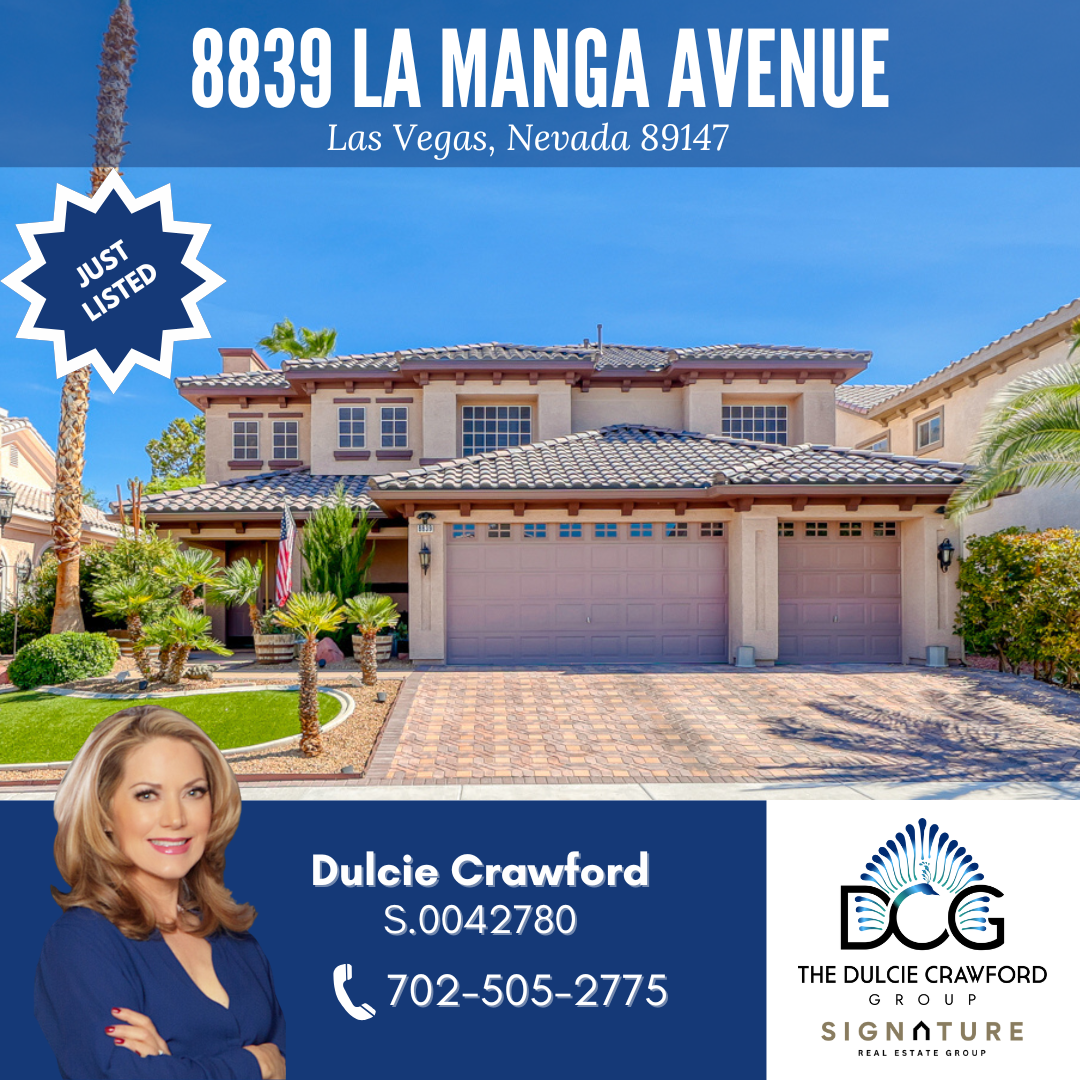
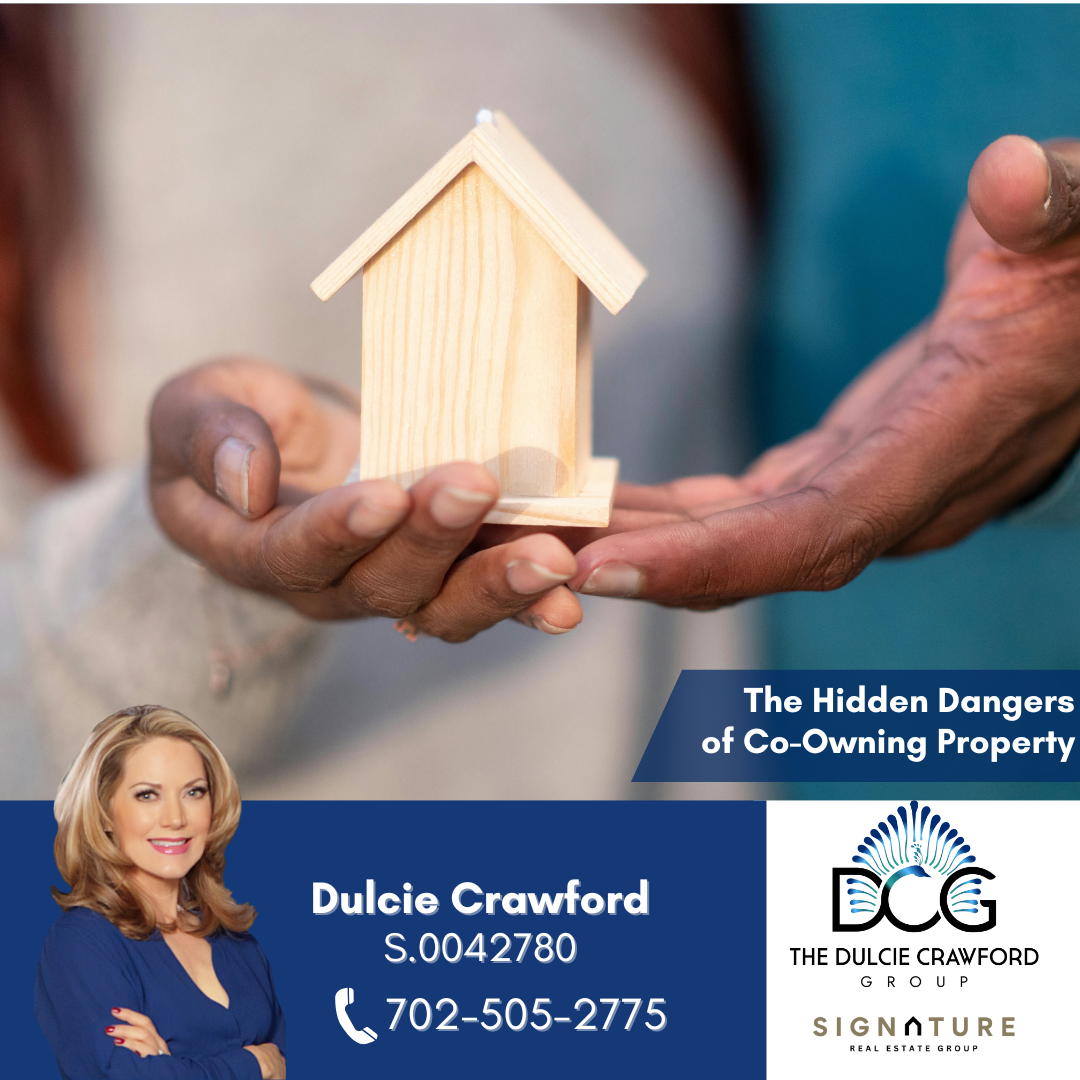

Leave A Comment
You must be logged in to post a comment.